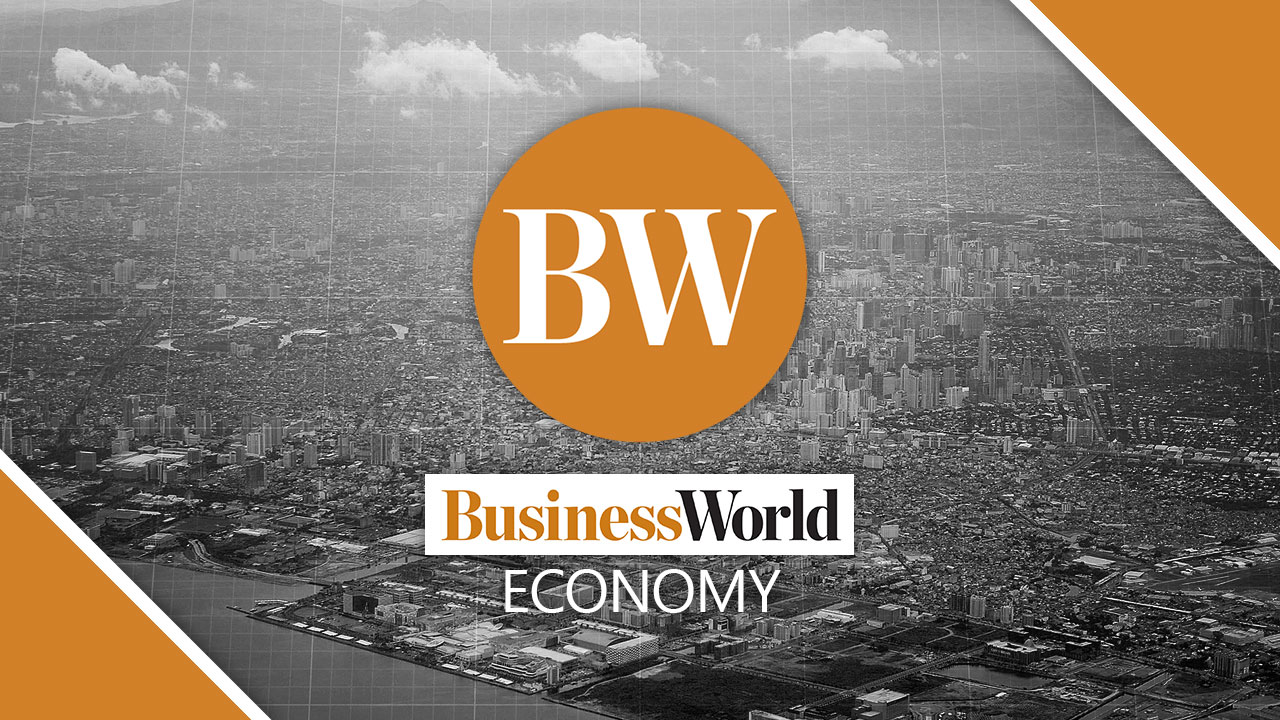
Suits The C-Suite
By Rossana A. Fajardo

The digitalization of public services will radically change the way governments interact with the people they serve and help meet their growing expectations of online access to government services. Digital Public Goods (DPGs) have the power to meet citizen expectations and accelerate digital transformation around the world. They can create long-term value and a more efficient, equitable, and prosperous future for society, businesses, and governments.
DPGs, as defined by the Digital Public Goods Alliance (DPGA), are “open-source software, open data, open artificial intelligence models, open standards, and open content” that should respect privacy and other relevant laws and best practices, do no harm, and help realize the United Nations’ Sustainable Development Goals (UN SDGs). This definition is actualized through the DPG Standard, a set of nine indicators used to determine whether or not a public solution is a digital public good.
Given their open-source nature, DPGs are created by communities or organizations for public use and are readily available for all governments and other entities to use, customize, and adapt for their digital public infrastructures (DPIs). The potential of DPGs is far-reaching and can move beyond the digitalization of public services, making it a significant economic and societal opportunity. Nevertheless, collaboration between governments, the private sector, and other entities is crucial in order to truly capitalize on DPG-related opportunities.
The benefits of DPGs are manifold, including but not limited to the following:
• Scalability. Once established, they can be easily deployed across nations.
• Flexibility. They are agile and swift to adapt and deploy.
• Applicability. They can support governments of different income levels, from the most developed to the least.
• Cost-effectiveness. They are economical. The total cost for large countries or populations exceeding 50 million can fall between $0.24 and $0.74 per individual.
DPGs DEPLOYED/DEVELOPED GLOBALLY
Between February 2022 and March 2023, the number of registered DPGs on the DPGA’s DPG register increased from 87 to 142. The figure could grow even faster, given the momentum of DPG adoption. Several factors contributed to the growth: governments realize the cost-effectiveness and efficiency of progressing digital transformation, observe the positive effects of DPGs for themselves and others, and utilize DPGs to advance the UN SDGs.
EXAMPLES OF DPGs
Entities can augment DPGs to enhance service delivery across areas in the public sector, such as health and social services. The DPGs listed below are a few examples that illustrate their abilities and how they can facilitate change, improving people’s lives worldwide.
DHIS2
This open-source platform is the world’s largest health management information system (HMIS), utilized by 76 low and middle-income countries and capable of supporting 3.2 billion people. DHIS2 software development is a global collaboration developed and managed by the HISP Centre at the University of Oslo (UiO).
MOJALOOP
This open-source software enables digital financial service providers (DFSPs) to connect to each other, aiming to address the digital financial needs of 1.7 billion unbanked people globally in a profitable and straightforward manner. Mojaloop is ready to use in Tanzania and Uganda, with pilots being launched in other countries. It was first established in 2017 by the Bill & Melinda Gates Foundation to support its financial inclusion work. It is funded by the Foundation and has more than 400 developers collaborating on the software.
SINGPASS
This digital identity authentication system is utilized in Singapore to give citizens access to several online government services, creating opportunities for innovation and economic growth. For example, users can use the platform to file taxes, renew their passports, and apply for housing grants. The platform’s ease of use and convenience help Singapore establish its national digital identity. Managed by the Government Technology Agency of Singapore (GovTech), Singpass is one of Singapore’s Smart Nation projects, with a vision to improve the lives of citizens, create opportunities for businesses, and transform the capabilities of government agencies.
MOSIP
India’s Modular Open-Source Identification Platform (MOSIP) DPG, as part of the government’s Aadhaar biometric identification program, supplied 1.3 billion people with a digital ID. Consequently, this allowed many unbanked individuals to open bank accounts. According to a 2019 Bank of International Settlements report, it would have taken 47 years for 80% of adults to open a bank account had India relied on traditional processes.
MOSIP was first initiated by the International Institute of Information Technology-Bangalore (IIIT-B) with the vision of developing a non-proprietary platform on which foundational ID systems could be built. It became a global project five years later, funded by The Bill & Melinda Gates Foundation, Tata Trust, Omidyar Network, NORAD, and the Pratiksha Trust.
COMMERCIAL OPPORTUNITIES FOR DPGs
The DPG market is in its nascent stage, and EY teams researched to evaluate and understand the commercial opportunity it poses for the private sector. EY estimates that the annual DPG market will be $100 billion by 2030, potentially growing further. The forecast shows a considerable and lucrative market for many players — spanning roles across the creation, implementation, and integration of DPGs.
THE LOCAL DPG LANDSCAPE
Based on a study done by the DPGA in March 2023 for six test countries, the Philippines ranked 4th in the number of deployed DPGs. With support from the DPGA, the United Nations Children’s Fund (UNICEF) Philippines is working to foster awareness in the Philippine technology sector about DPGs and identify promising solutions that could reach DPG status. Currently, the country has one registered DPG – Project AEDES.
Project AEDES is a dengue data modeling portal by CirroLytix, a social impact tech company based in the Philippines, working with the support of the Department of Science and Technology. It is used to monitor dengue cases and is being implemented in select pilot cities and other countries with high cases of dengue and similar data challenges. The AEDES prototype is an information portal that forecasts dengue hotspots using correlations from dengue cases and deaths, real-time climate data, and satellite maps. The portal is also the first local tech solution assessed by the DPGA as a digital public good.
Another related example is PhilSys, the country’s national identification system. PhilSys is not a DPG but an implementation of the DPG MOSIP, customized to become part of the country’s DPI.
THE FUTURE OF DPGs
DPGs provide countries with opportunities to build accessible, inclusive, and secure digital public infrastructure and to achieve the UN SDGs. DPGs could transform business, deliver significant economic and social value, and create a dynamic public-private sector. While there are implementation challenges that include limited financing, limited manpower, and concerns around market incentives and data security, the benefits of DPG applications are significant.
Collaboration, information sharing, and education are vital for future DPG growth, but this will require coordination among diverse entities, including private-sector tech firms, experts, government agencies, and civil society organizations. Governments, the private sector, and relevant communities must work together to capitalize on DPGs’ abilities to address issues, innovate solutions, and improve lives.
This article is for general information only and is not a substitute for professional advice where the facts and circumstances warrant. The views and opinions expressed above are those of the author and do not necessarily represent the views of SGV & Co.
Rossana A. Fajardo is the EY ASEAN business consulting leader and the consulting service line leader of SGV & Co.